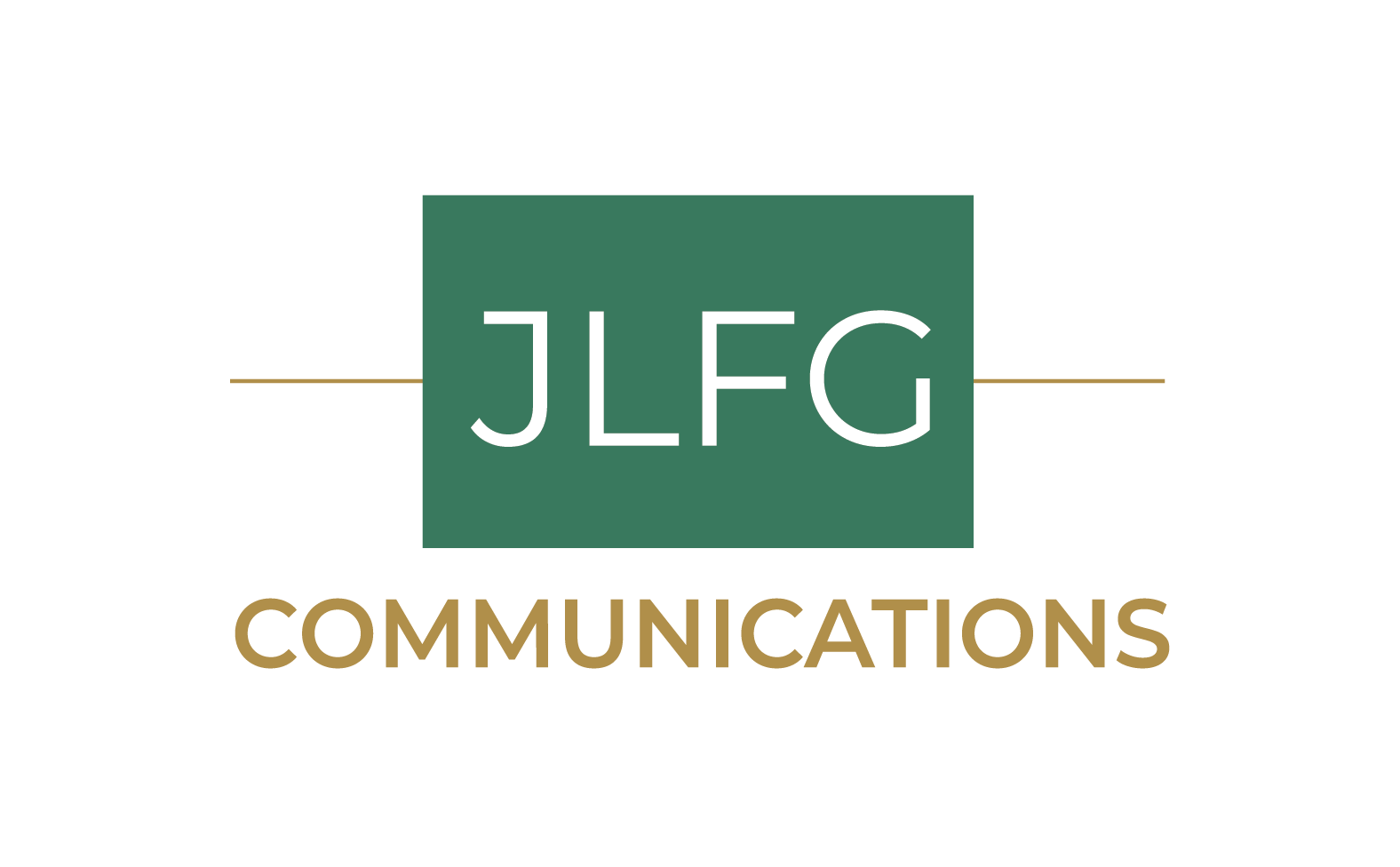Paper Badges and Missing Compost Bins
I visited San Francisco and Moscone Center for the first time in over a decade to speak at the FLEX Conference, co-located with SEMICON West. On the surface, Moscone looked much the same as I remember it. But as I picked up my badge and headed to the opening night reception, I noticed a few changes.
Unlike in previous years, the badges were not encased in plastic holders. They were made of paper and designed for easy recycling. I thought that was a great idea. Not everyone agreed, though. Some voiced their disapproval. “Where will I put people’s business cards if I don’t have a handy slot at the back of my badge holder?”
This person had a point. But this is 2022. Aren’t business cards obsolete? We need only bring one, not a whole stack. Anyone who wants to keep in touch with us can take a photo of the business card with their phone. I was at a happy hour at a conference a few months earlier where a group of us pulled out our phones and connected on LinkedIn.
SEMICON attracted a somewhat older crowd than that other event, though. Throughout the three-day conference, I ended up handing out and collecting business cards, so I was glad that I brought some.
Once I collected my paper badge that first evening, I headed up several escalators to the top floor terrace for the reception. Having an outdoor dining option was refreshing, but that is not all that was different.
The buffet table was stocked with uncoated paper plates and wooden forks. The cold drink cups were labeled industrially compostable. When I last attended SEMICON West in 2010, I doubt if I paid attention to whether the serving ware was recyclable or compostable and what happened to all of it after the event. Now, I notice these things.
I also noticed the pair of cylindrical, wheeled containers. One sported a blue stretchy fabric covering marked “Moscone recycling,” and the other wore a similar grey covering marked “Moscone landfill.” Where was the one for composting?
I couldn’t find it, so I tossed my used plate, fork, and cup into the grey-covered container. I peered in and saw that most people had done the same, except for the few who had tossed in glass beer bottles or aluminum cans. The blue bin contained cans and bottles, along with some plates and cups.
Similar pairs of blue and grey containers appeared throughout Moscone, anywhere they served food and drinks. After one luncheon, a staff member offered to pick up our empty plates. He promptly dumped them into the blue container without a second thought.
Am I the only one who saw a problem here? If anyone else noticed, they didn’t say anything. There seem to be multiple problems with how Moscone handles food service items. One is with sorting, and the other is with disposal methods.
I have a solution that could help with the sorting issue, and it doesn’t require hiring sorting police to remind people where to dump their items. The only recyclable items are cans and bottles. If the blue containers had secure lids with round openings large enough to fit an aluminum can, that would send a clear message that nothing else belongs there. The grey containers could be labeled “No cans or bottles.”
The second problem is potentially trickier but more critical. All those compostable items will not turn into compost if dumped into a landfill. I tried to contact someone at Moscone to discover what the employees were doing with the blue and grey containers at the end of the day. No response.
An article from January 2020 says, “Compost has been collected from all public areas at Moscone West since 2010—food scraps and any food serve-ware provided by SAVOR, the Moscone Center’s catering service, go into green bins; recyclables, including paper, plastic, aluminum, and glass, go into blue bins. Any remaining trash goes into black bins.”
What happened to the green bins? It is a mystery.
